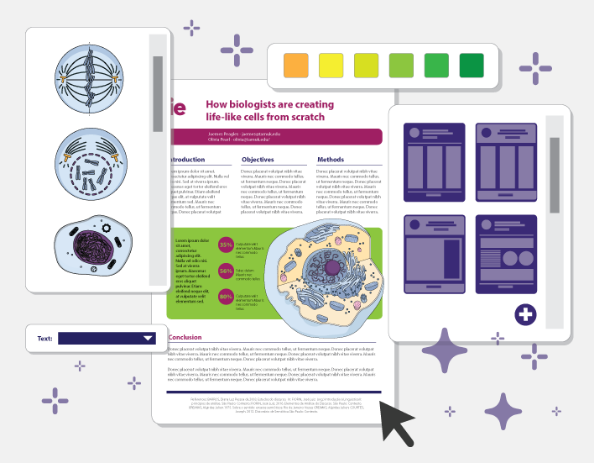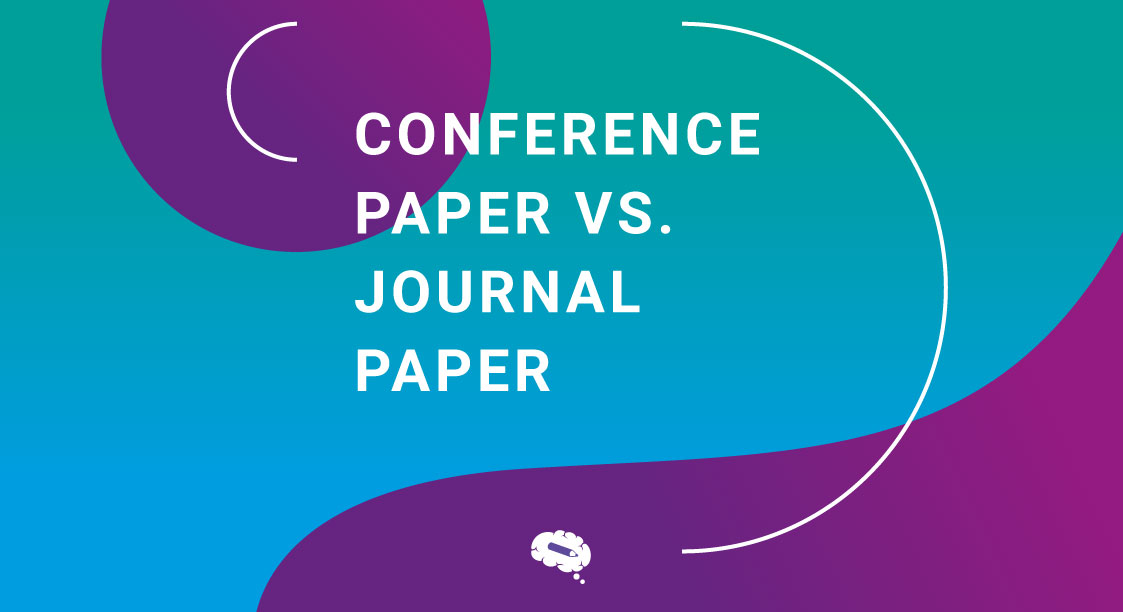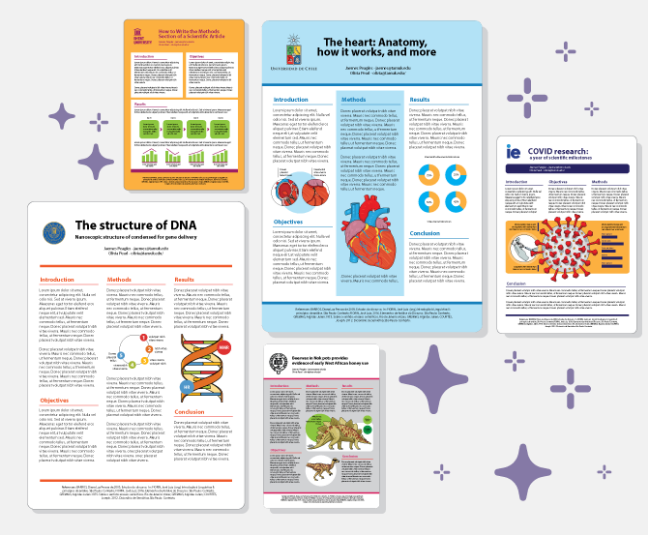A major dilemma frequently arises for an academic subject: should it be a conference paper or a journal paper? That is why, in order to do and refer to the right framework, you must first comprehend the essential distinction concerning the smallest things in papers.
This article will explain more about conference papers, the differences between them and journal papers, and how to write a high-quality one.
What is a conference paper?
To begin, a conference is a place where academics, researchers, experts, and professionals deliver and present information after doing thorough research. As a result, a conference paper is essentially a mixture of a written document and an oral presentation.
Conference papers are brief and precise documents with a limited number of pages in which academics present the findings of their research investigations. In certain cases, conference papers are published in the conference proceedings, and in others, only chosen papers are published in the conference proceedings.
Conference Paper vs. Journal Paper
The primary distinction between a journal paper and a conference paper is that, while both require writing, journal papers are intended for publication in journals, whereas conference papers are intended for presentation at conferences and may be published in conference proceedings.
There are also significant distinctions in the reviewing process, with journal papers requiring a considerably more thorough and strict review. Furthermore, conference papers have fewer pages than journal papers, often limited to four to ten pages.

Types of conference paper
Each presentation may necessitate a different sort of conference paper since there are many. Learn about a few of them below.
- Respondent: A speaker provides a thirty-minute paper in this sort of presentation. A respondent then replies to the article for fifteen minutes. The speaker thereafter provides a fifteen-minute response to the response.
- Panel: This sort of presentation has three to four presenters, each of whom speaks for 15-20 minutes. Panels may additionally include a discussant who provides both individual and group feedback on the papers.
- Poster: This form of presentation is designed to graphically express information. Some presenters display a three to eight-page document outlining their research, providing their ideas and an explanation of their findings. Charts, graphs, illustrations or artwork are among the most visually attractive posters.
- Roundtable: Consists of five or more presenters, each of whom speaks for 5-10 minutes.
- Workshops: Workshops might last anything from 90 minutes to a whole day. Before engaging the audience in some form of action, workshop speakers make brief comments.
Conference paper format
In terms of formatting, the best method is to check with the conference to which your work is being submitted, since they may have specific formatting standards for the paper and abstract, such as margin size, page number usage, page limitation, and other aspects. Just remember that your conference paper should proceed logically from abstract to conclusions.
Tips on writing a high-quality conference paper
- Start with a strong abstract, as you might need to present it before it’s accepted for the conference.
- Get to know your audience in order to make it appealing.
- Create an outline of your work to assist you in organizing your ideas and material.
- Create an introduction that will pique the reader’s curiosity.
- Find easy methods to communicate complicated concepts. Use simple metaphors and analogies.
- Use your ear to write. When you’ve finished a draft, read it aloud. Remove any uncomfortable parts.
- Long quotations should be avoided. They shorten listeners’ attention spans and break the flow of your statement.
- Use proper punctuation. The audience will not see dashes, semicolons, or parentheses.
- Take your time with results and conclusions, and include facts to back up your statements.
- Remember to include any references you might have used. The more thorough the references are, the better.
- Prepare for questions. Attend conferences the day before your own to see what kinds of questions people ask and to get a sense of it.
Integrate information and illustrations into beautiful and impactful slides
Remember to include graphic materials in your slides while creating a conference paper. Graphs, illustrations, and infographics can help you offer comprehension of the data you’re presenting. To improve your work, use the Mind The Graph tool.


Subscribe to our newsletter
Exclusive high quality content about effective visual
communication in science.





